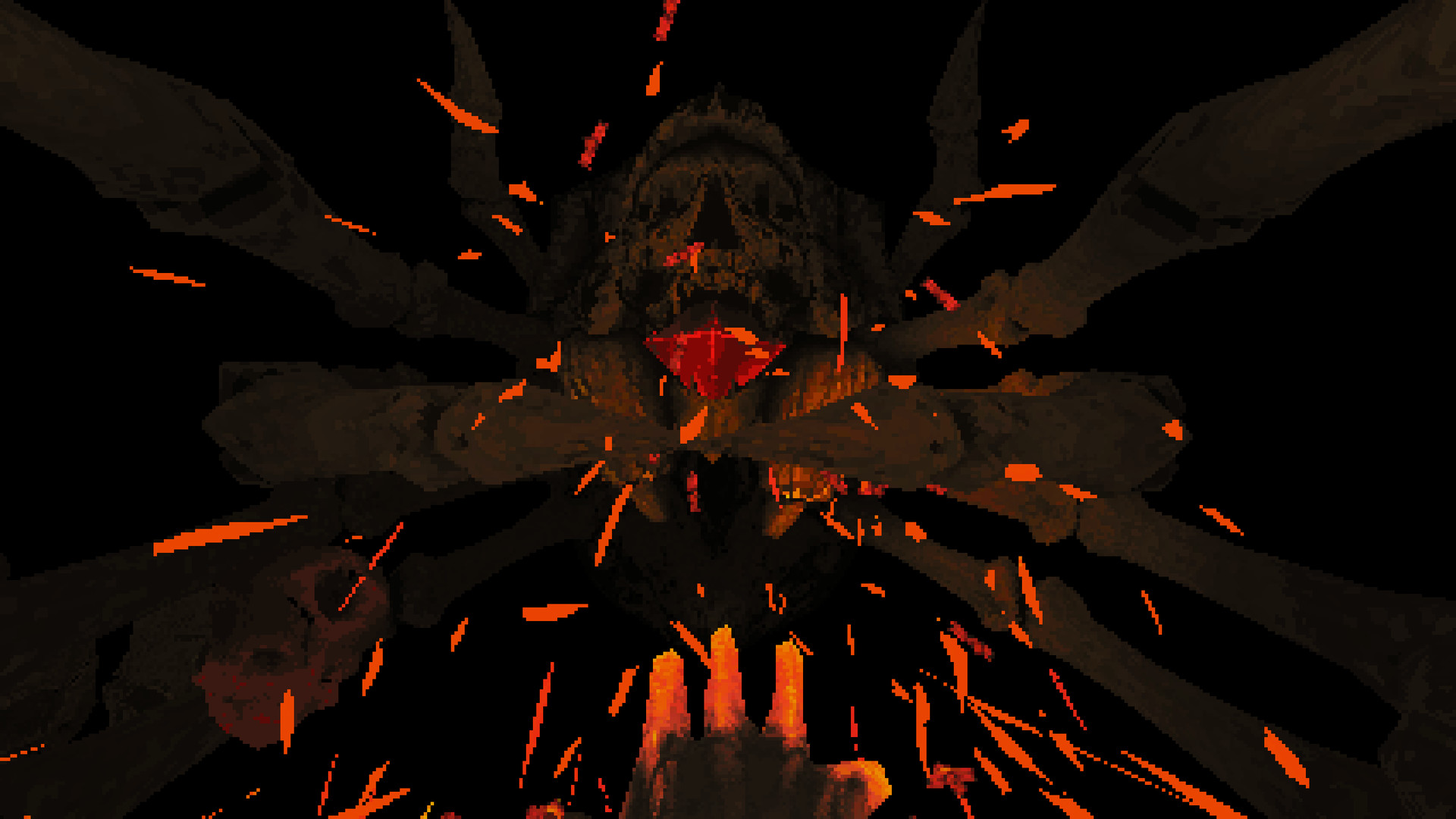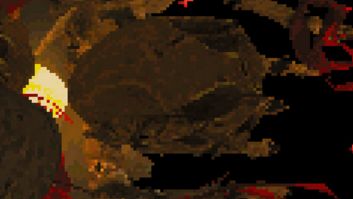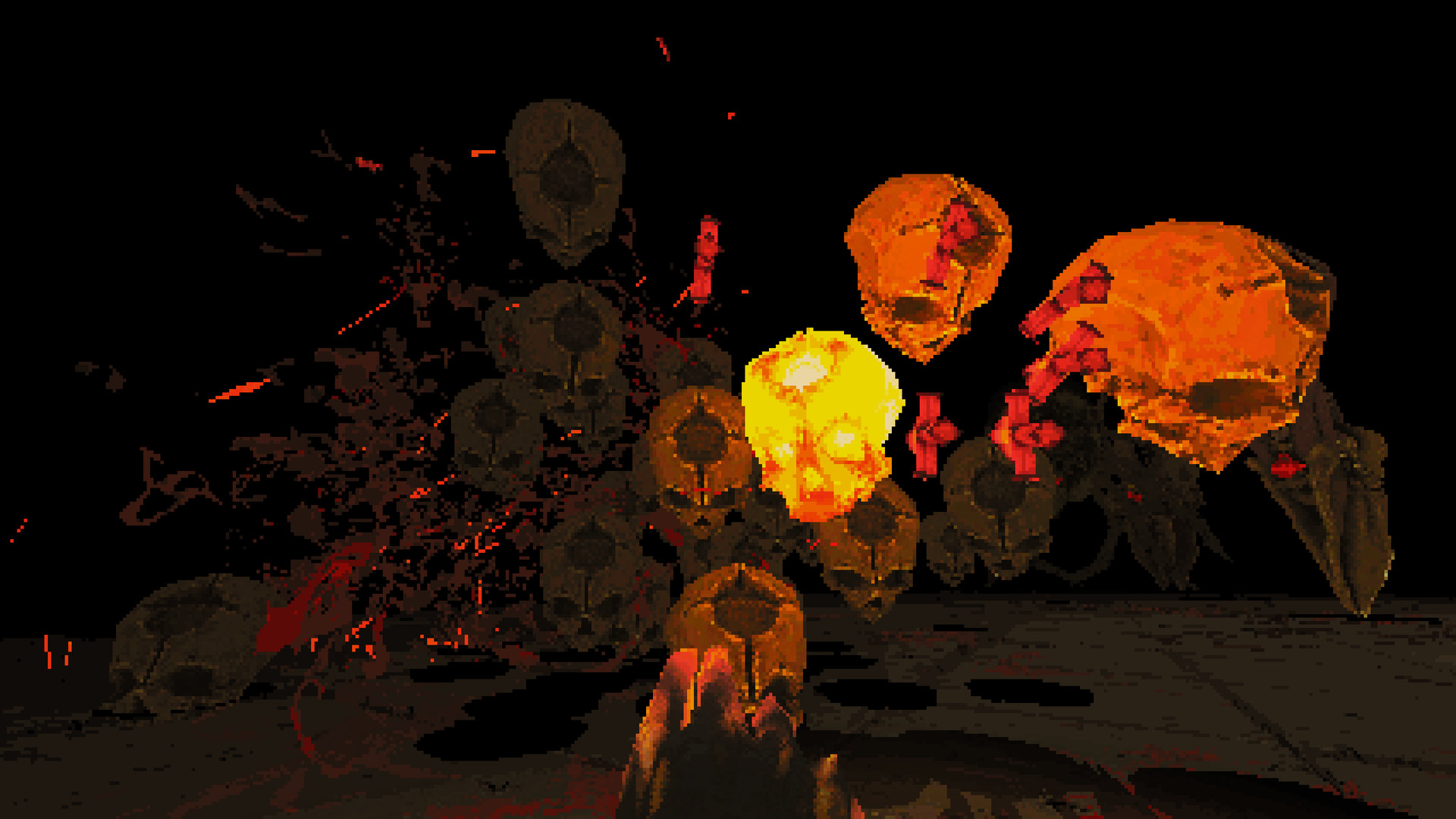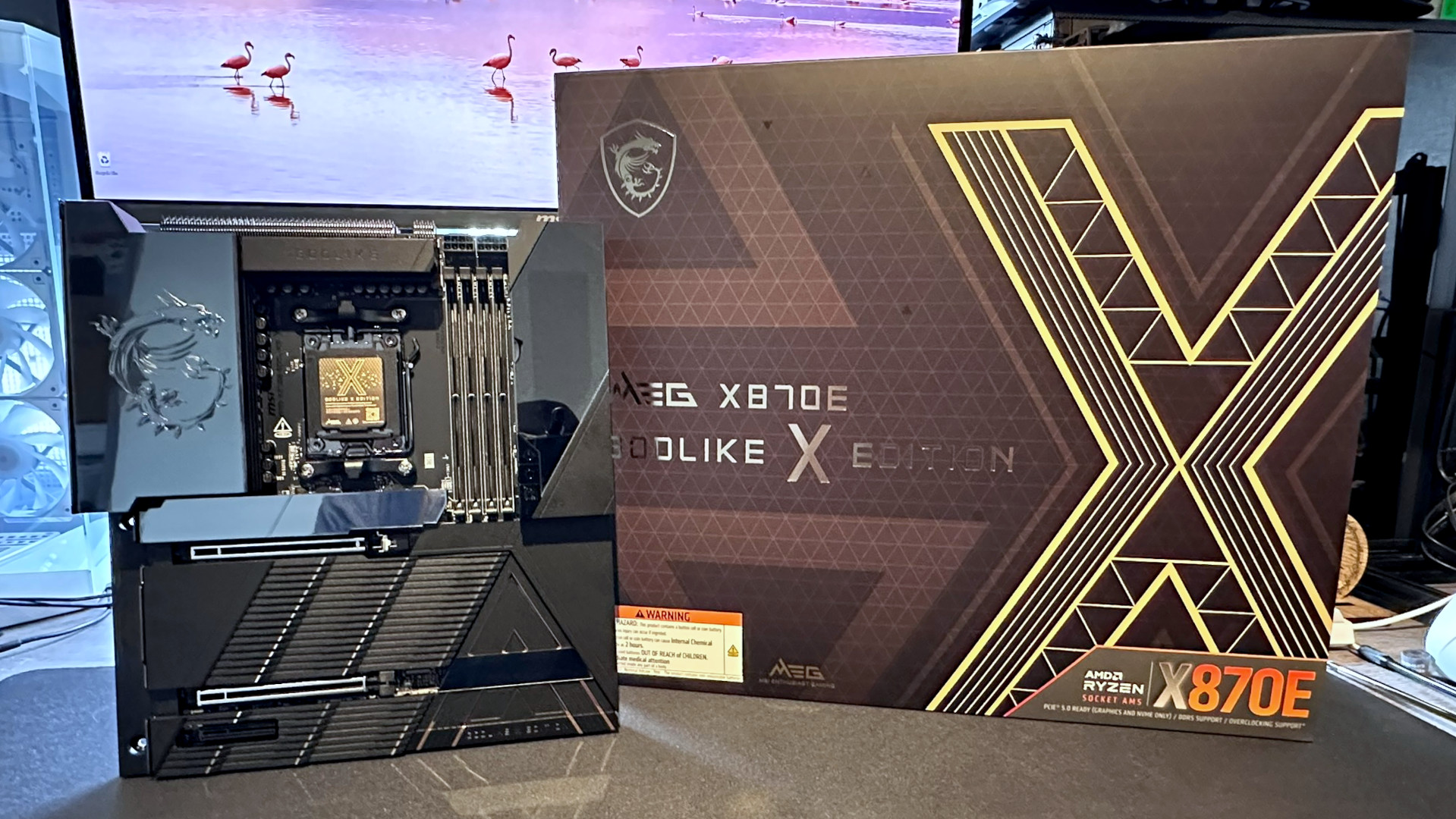The progressive retro style of Devil Daggers


In Why I Love, PC Gamer writers pick an aspect of PC gaming that they love and write about why it's brilliant. Today, Tom gets excited by old FX being used in new ways.
Devil Daggers is a great horror game. You're dropped into a pool of dim light as tentacled monsters spawn around you. Within minutes the arena is swarming with flying skulls, cackling horned skulls, green spiders and nameless squirming things that lurk on the periphery of the combat area. It's part score attack shooter, part psychic assault.
The game creates its oppressive atmosphere by embracing old-school rendering techniques. I love seeing new developers use old techniques in clever, imaginative ways, because this approach rejects the 'more is better' frame of evaluation for visual effects. Rather than seeing technological progress as a linear series of improvements, it's more useful to see it as an ever-broadening toolbox. Each tool's unique qualities can be used used to evoke a desired emotional response, as an artist might decide to use oil rather than watercolour because oil's textural qualities best match their vision.
Devil Daggers wouldn't be more terrifying for the addition of high-poly models, dynamic lighting and volumetric fog. Old-school polygon jitter gives enemies a sickening, rippling quality that enhances the arena's hellish atmosphere. This shuddering effect warps polygons and textures as they move in relation to the camera, and was was a staple of the Playstation 1 era. It would commonly be considered a technical flaw rather than an effect that you would deliberately recreate, though games like Silent Hill, and now Devil Daggers, have benefited from its unsettling qualities.

It's not a retrograde move to have unfiltered, low resolution textures when the cause demands it—take Teleglitch as proof. Though Devil Daggers leans on nostalgia in in its marketing patter, and looks like an old game at a glance, it's undoubtedly fresh. Quake could never throw so many enemies on screen at once, and wouldn't run quickly enough at the time to properly show the gross belching of Devil Dagger's floating spawn-monsters as they throw up dozens of flying skulls into the air. In the case of Devil Daggers, it's not about repurposing old tech in a regressive fashion, but rather about rescuing useful aesthetic qualities of older games for use in new, inventive ways. The developers didn't just pick up an old game engine, they built a new one to deliberately recreate those effects.
The use of old rendering techniques and old engines is an increasingly progressive practice. Superhot's glassy, low-poly 'Red Dudes' are as fun to headshot as an enemy in any shooter. 30 Flights of Loving uses a modified version of id Tech 2, which runs at such speed on modern computers that quick cuts and cinematic transitions are possible. The blocky style of Grow Home is part of its charm.
These games don't use retro styling out of a sad nostalgic impulse. They're exciting. Creators are becoming increasingly good at reaching into gaming's past to push things forward. Devil Daggers and Superhot are just some of the most recent examples. Clever concepts, delivered in small, simple packages, executed with style.
Keep up to date with the most important stories and the best deals, as picked by the PC Gamer team.
Part of the UK team, Tom was with PC Gamer at the very beginning of the website's launch—first as a news writer, and then as online editor until his departure in 2020. His specialties are strategy games, action RPGs, hack ‘n slash games, digital card games… basically anything that he can fit on a hard drive. His final boss form is Deckard Cain.


